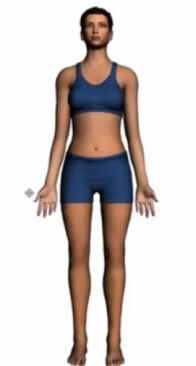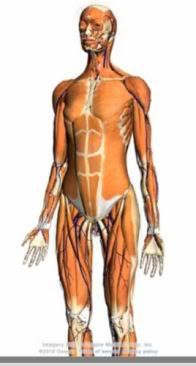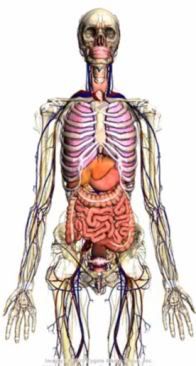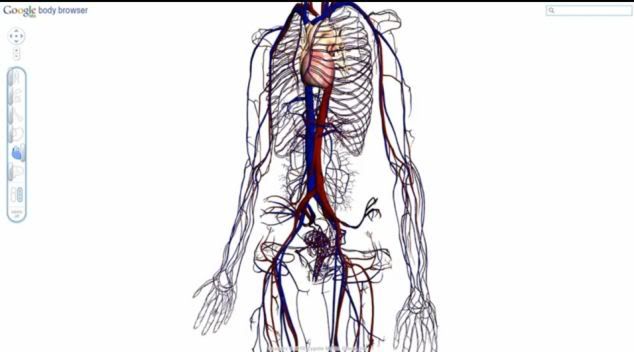Called Google Body Browser, the hi-tech 3D application has been hailed as a breakthrough in the study of anatomy that could revolutionise our understanding of the human body and even fast-track medical research.
The gadget, yet to be officially released, lets you explore the human body in much the same way you can navigate the world on Google Earth.
It is likely to be the perfect tool for those hypochondriacs who like to use Google to find out what is ailing them and who will get a gruesome thrill from analysing every last vein.




Google has, until recently, been tight-lipped about the application's development, but a new video has appeared on the internet which provides a sneak peek at how the new tool will work.
Google Body Browser also ushers in the introduction of brand new internet technology called
WebGL, that will allow complex 3D graphics to be used on normal web pages, without the need for specially adapted browser plug-ins like Flash or Java.
In the video, the browser is used to dissect the human body and identify organs, bones and muscle groups.
The body can be turned, manipulated and stripped to the bare bones to show how its functions work and connect.
One blogger who witnessed the demonstration said he was excited by the browser's potential: 'One can quickly see the possibilities of how this could help anatomical education.
'Last year I got the opportunity to work on an open standards based web3D medical app for learning the bones of the body. After witnessing how that app really helped students learn the bones, I am sold on using web3D for medical education'.
Ahead of its official unveiling Google has released a version available on WebGL-supported browsers or beta versions of Firefox and Google Chrome, which can be downloaded from the Google Body Browser site (http://bodybrowser.googlelabs.com).
WebGL is expected to become standard in new versions of most internet browsers, including Firefox, to be released next year.
The technology is tipped to encourage the creation of a wide variety of 3D-enhanced web applications - potentially making the internet a more productive and intuitive environment for users.
A Google spokesman was unavailable for comment.



